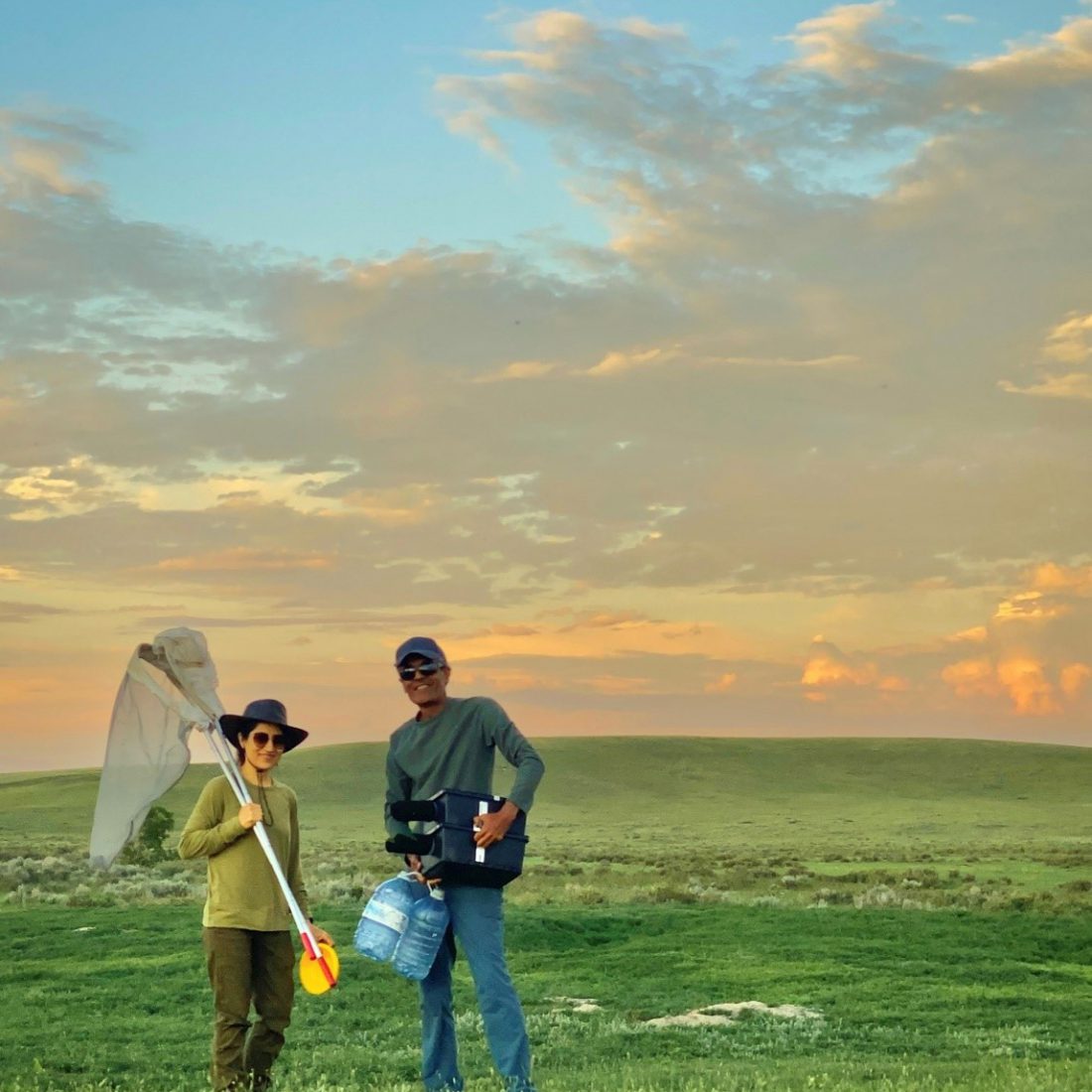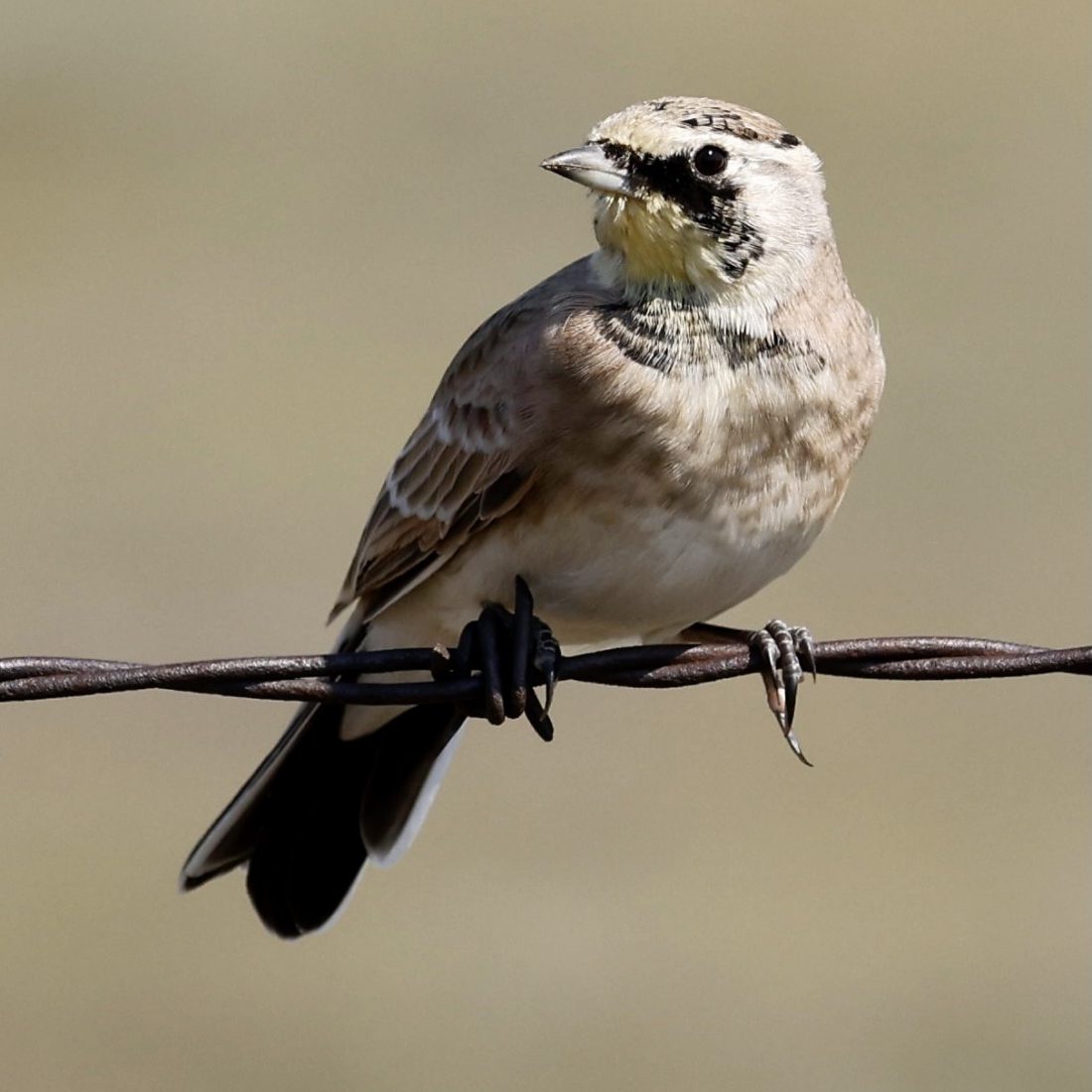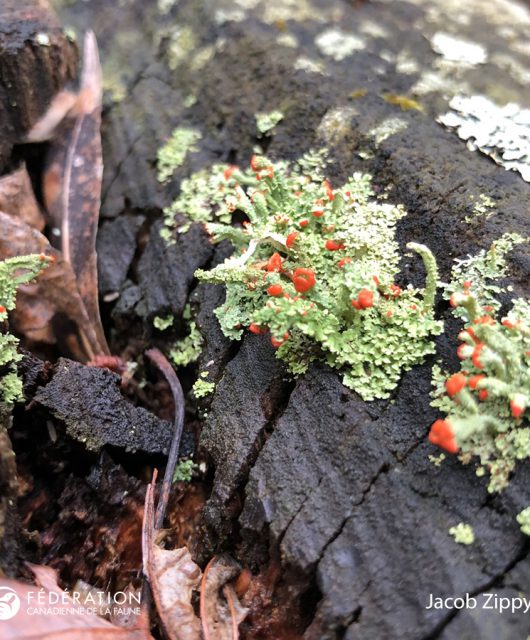There’s a concept in Conservation Biology, called Ecosystem Services, that has been around for a while and continues to grow in popularity and importance.
What is it?
Ecosystem services are the things that nature does for us, our economies and quality of life, that appear to be for free but are of great value. Plants produce oxygen and filter the air. Wetlands prevent flooding and clean our water. Insects pollinate oilseed and fruit crops. All of these things are essential services provided by ecosystems (hence the name) for which there is no apparent cost. Nature just does them for us.
But there is a catch. Well, a couple of catches. If we don’t take care of nature, she’ll withdraw her services. And, we should know what those services are, and how they work, so that we can properly care for them. Ecosystem services are a big deal, providing billions to our economy and incalculable amounts to our quality of life.

At the Canadian Wildlife Federation, we are very keen to understand Ecosystem Services. Our pollinator program in Ontario has been active for years, promoting insect-friendly agriculture and roadside maintenance. Recently, with the generous support of the Weston Family Foundation, we joined a research partnership to better understand the Ecosystem Services provided by insect communities in Saskatchewan. Together with the Saskatchewan Stock Growers Foundation (SSGF), South of the Divide Conservation Action Program (SODCAP), Birds Canada, Carleton University and the University of Saskatchewan, we have begun a study called “The Canadian Grasslands Project” to measure the effect of grassland management on the insect community. The goal of this study is to see if we are taking care of the insects that are taking care of us.
Our plan is to connect the dots between cattle grazing on native grasslands, insects living in among the plants, and the birds that depend on the insects for food.
We know from past work that the type of grass, its height and thickness affect what insects live in it. This affects where birds look for food. For this reason, we joined forces with a team of plant, insect and bird experts to look at all three communities at once. We just completed our first summer of field work on four Saskatchewan ranches and in Grasslands National Park. Although we haven’t had time to analyze the results yet, we had a great field crew and data collection was a success.

With this information we will be able to answer a few questions, such as:
- How does the amount of grass left in a pasture after it has been grazed affect the type and abundance of insects that live there?
- Do grassland bird species move in response to changes in insect and plant communities?
Understanding these connections will bring us closer to knowing how our management of grasslands influences the Ecosystem Services that insects provide on the prairies; helping us improve grazing practices as needed.
We’re off to a great start.
Learn more about our work to conserve our native grasslands >
About the authors
Tom Harrison (guest author): Tom is a cattle producer, a Project Manager for the Saskatchewan Stock Growers Foundation and the Past Executive Director of the South of the Divide Conservation Action Program Inc. Tom has a BSc in Animal Science and MSc in Range Science from the University of Saskatchewan.





1 comment
Keep up the good work our native prairie grasslands are the most endangered eco-systems in the world, we are cattle ranchers using principles of holistic resource management. Cheers . Dean